I Excluded My Wife From My Kids’ Core Memories—She’s Too Busy Working

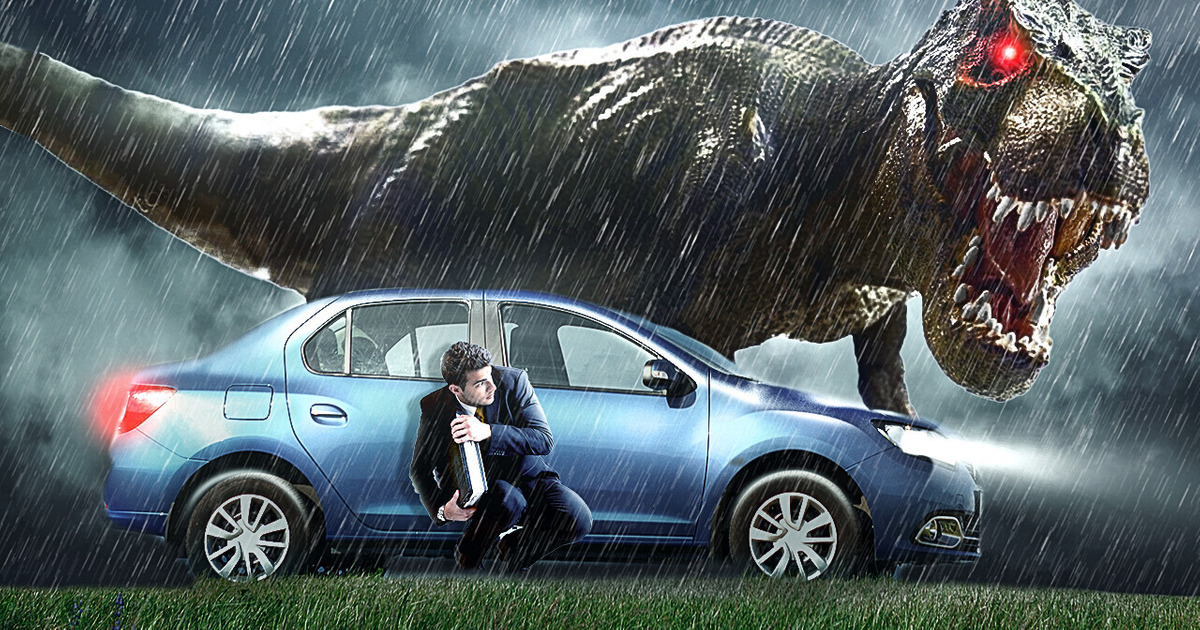
The problem with that asteroid that destroyed dinosaurs was not that it fell, but WHERE it fell. This colossal space rock found the worst place where it could land. Also, the angle at which it hit the ground was the most unfortunate. If it had fallen vertically, there would have been less destruction. But it fell at such an angle that it threw a huge amount of dust into the air.
After the disaster occurred, tons of soot started burning. 65 million years ago, only 13% of Earth’s surface contained the right amount of sulfur and oil needed to form a colossal amount of soot. If the asteroid had fallen on the other 87% of the territory, dinosaurs could still be living today. But it hit the worst place and lifted a million tons of burning material into the sky.
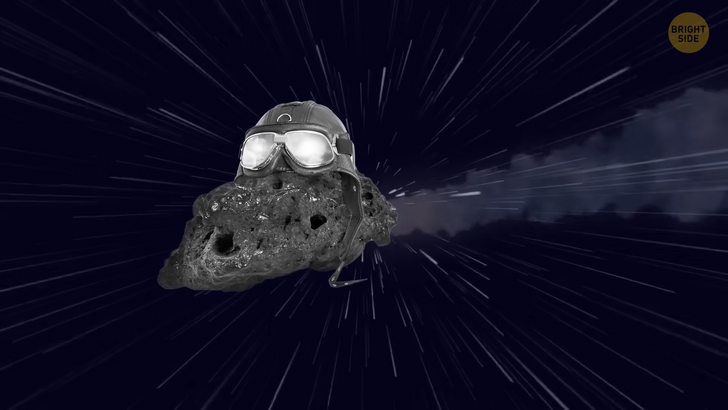
A cloud of incandescent particles covered the sky and set off on a journey across the mainland. Then, these particles settled on the ground and caused large-scale fires. Trees were burning and sending more soot into the sky. But the asteroid collided not only with rocks. It fell on the coast in a place where the seabed was filled with sulfate. As a result of the collision, it started burning, which caused the release of sulfuric acid into the atmosphere.
The air became poisoned. It seems the dinosaurs didn’t stand a chance. And now, let’s imagine the asteroid falling in another place — somewhere in the middle of the ocean. Huge waves flooded part of the land, but almost all kinds of dinosaurs survived. Or even better — the rock could have fallen somewhere in the desert and left behind a giant crater. That’s all.
Yes, several dinosaurs passing by wouldn’t have survived the collision, but the situation wouldn’t have been so critical in general. So, giant lizards remain dominant on our planet. They don’t allow other animals to develop since tyrannosaurus and other ferocious reptiles hunt mammoths and other ancient creatures. The population of mammals is decreasing. Velociraptors are fighting for territories with saber-toothed tigers and giant bears. A struggle for survival between dinosaurs and other animals begins.
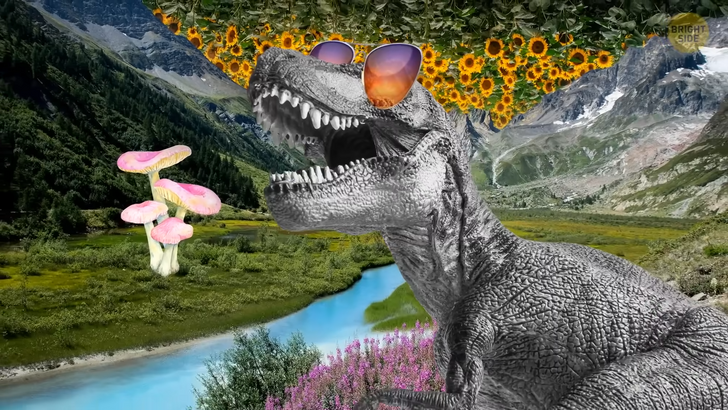
Then the Ice Age comes, and some reptiles don’t survive. Then, new players enter the field — those are humans’ early ancestors. Living side by side with dinosaurs is difficult. Lizards attack settlements and caves, so people have to build high walls for protection. By the way, the tyrannosaurus poses less danger to people than you might have thought.
According to the latest research, many creatures were able to run away from this monster. Yes, you probably saw how they easily caught up with cars in the movies. But it wouldn’t be as scary in reality. Paleontologists and biologists have analyzed the strength of the dino’s bones and found out that the creature couldn’t reach high speeds.
The maximum it was capable of was running twice as slow as a field athlete. Thousands of years have passed. People have learned to live with dinosaurs. They have even managed to tame some lizards. They’ve domesticated herbivorous dinosaurs to develop agriculture. Triceratopses and bulls now plow fields together.
Imagine farms swarming with diplodocuses or brachiosauruses. People climb their long necks and pick fruit from high trees. Stegosauruses protect pastures from wolves and velociraptors. Dinosaurs with shells, such as ankylosaurses, help people cross deserts. They, along with camels and donkeys, carry heavy loads. People share the planet with ancient lizards and live in harmony.
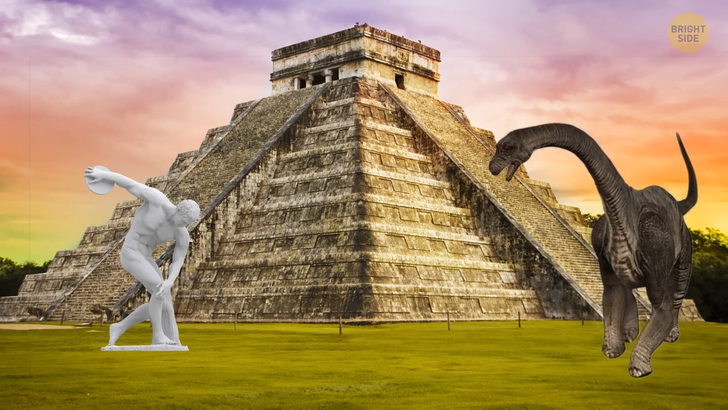
The situation in the seas and oceans is much worse. Sea reptiles attack wooden ships and catch all the fish. Imagine that you’re sailing to another continent with tons of grain, fabrics, fur, and other goods. And then a giant mosasaur appears on the horizon. It’s one of the most powerful sea lizards. A great white shark looks like a small fish next to it.
The creature could easily defeat a megalodon. And then it comes across a wooden ship. It bites into the deck and pulls the whole boat underwater. Water dinosaurs are the main obstacle to communication between countries. This slows the progress down for a hundred years. People build metal ships to withstand the attacks of the mosasaur. And finally, they manage to establish sea connections.
A similar problem occurs when the first planes take off into the sky. Imagine you’re flying on a passenger Boeing. You look out of the window and see a pterodactyl! Ah, wait, it’s impossible. These winged lizards aren’t so fast. But they can catch up with a helicopter or some old biplanes.
This poses a serious threat to flights, so people install sound protection systems onboard each aircraft. Pterodactyls hear irritating ultrasound from a distance and fly as far away from it as possible. People equip submarines and ships with the same sound shields.

Then, after people have learned how to defend themselves from dinosaurs, another problem appears. Lizards are the kings of wildlife, so they displace all other animal species. Dinosaurs run across African savannas, and lizards with fur live in cold winter forests. Lions, wolves, and bears are not the rulers of the wild. Rhinos fight with parasaurolophuses. Stegosauruses attack hippos and take away their territories.
Venomous dinosaurs live in jungles. Lizards that can climb trees scare monkeys. Just imagine a reptilian ape jumping from one branch to another! To save regular animals from extermination, people have to control the population of predatory reptiles. Huge parks and nature reserves appear in all countries. People transport dinosaurs there and separate them from other wildlife.
Dinosaurs seem to be completely under control. When the danger caused by giant reptiles passes, people begin to breed smaller harmless lizards. Someone buys a chameleon, and someone keeps a microceratus at home. There are dinosaur exhibitions; people take these creatures for a walk as if they were dogs.
Some people take selfies with reptiles, go shopping, and sit in cafes with small lizards. Dinosaurs aren’t formidable now. They’re kinda... cute? People ride horses, camels, parasaurolophuses, and pachycephalosauruses. Of course, many have tried to tame velociraptors but failed. Those are dangerous reptiles, and they don’t know how to obey. Taming them is almost as difficult as taming an alligator.
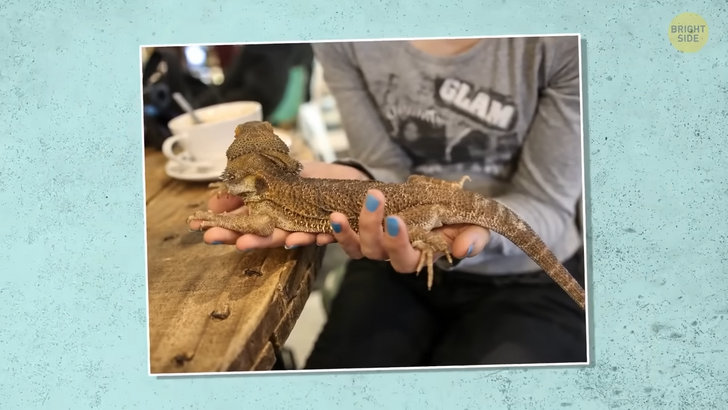
But dogs and cats are still more popular because they’re more intelligent. The brain of a dinosaur is almost the same as that of a chicken. But who knows, if they had lived to this day, perhaps they would have evolved into smarter creatures. Just imagine if dinos were intelligent. In this case, people would have a big problem.
Some scientists think that even if a meteorite hadn’t destroyed the dinosaurs, they wouldn’t have survived to this day. They needed to carry their own colossal weight at all times. It was an enormous load on their bones and joints. Most dinosaurs wouldn’t have been able to survive the Ice Age with such characteristics. But smaller lizards might have succeeded. Fast and agile dinosaurs, such as velociraptors and pachycephalosauruses would have survived — but in what form?
Could dinosaurs have already evolved into something else? Look at the good old chicken. Many scientists believe it’s a direct descendant of the formidable tyrannosaurus. Somewhere deep inside the bird’s DNA, there are genes that the dinosaur had. Yep, it’s hard to believe — but look at the chicken body structure and at how it walks. Remove the plumage, cover the creature with scales, and give it toothy jaws instead of a beak. And now, you have a mini T-rex in the coop.
And by the way, not only chickens might be the relatives of giant lizards. Many birds are dinosaurs’ living descendants. Surprisingly, alligators, snakes, crocodiles, and monitor lizards are not as close to ancient reptiles as pelicans, storks, and other flying creatures!
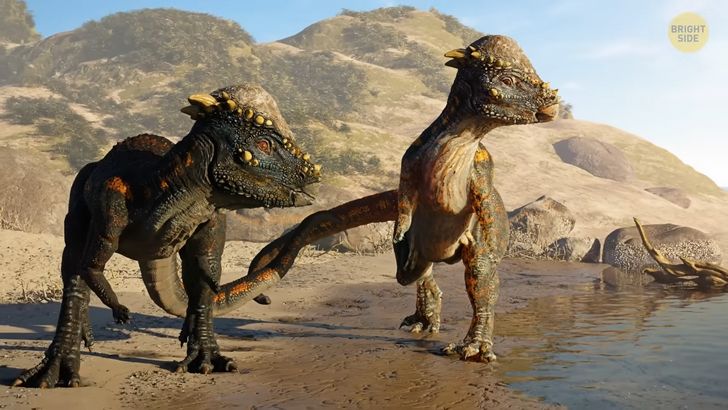
Over millions of years of evolution, the paws of dinosaurs turned into wings, and toothy elongated jaws ended up as beaks. The genetics of birds is the key to understanding dinosaurs. Pelicans are similar to pterodactyls, ostriches — to velociraptors. Perhaps, many other animals also share some genes with ancient lizards.
If the meteorite hadn’t fallen, all dinosaurs would have evolved into completely different, unusual creatures. Scientists want to carefully study the DNA of birds and try to reverse evolution with the help of genetic engineering. They hope to breed dinosaurs out of eggs one day.
But to do this, they need to find a specific genome that hasn’t changed over tens of millions of years. It hides in the DNA, and it’s not so easy to find it and extract it. Do you think we will see powerful reptiles by 2050?











